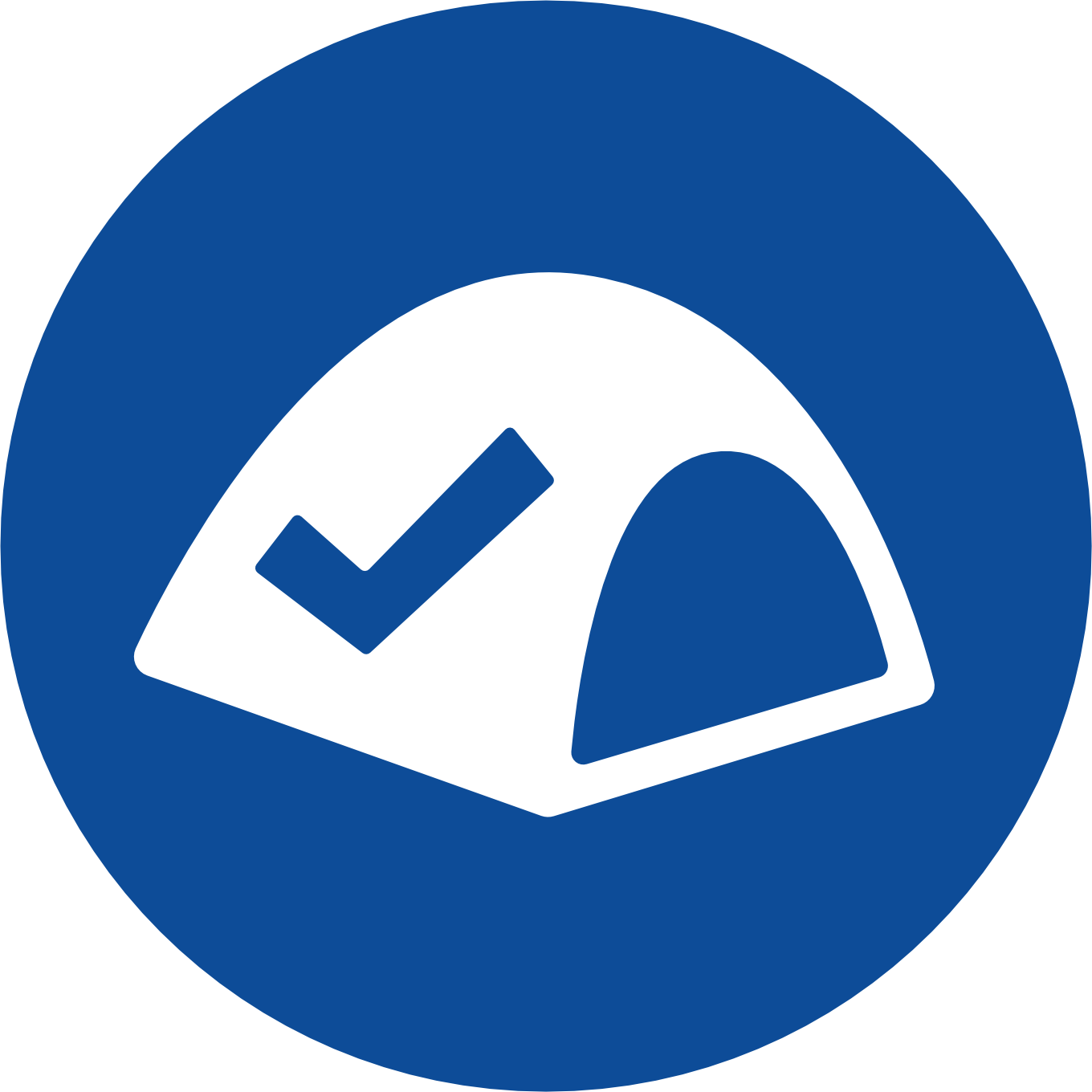Making a Campsite Reservation
A great way to get started is to actually make a reservation at a campsite nearby. Cancellations and refunds are flexible and cheap so even if you decide you’re not ready at the last minute it won’t cost much (Confirm this for the particular campground you are booking). If it’s close to home and you have a real issue you can just pack up and drive home. You’re not climbing Everest on day one. Keeping it close and simple will allow you to learn as you go and put you on the path to fun, successful trips. Once you find a place you're interested in visiting go ahead and book it. That will likely get you excited and motivated.
There are multiple campground systems in the US. National Parks, State Parks, National Forests, and Private campgrounds. For now, we won’t get bogged down in the details of the differences and advantages of each.
The easiest way to search all types of campgrounds in your area is to search for ‘campground’ on google maps. That will allow you to see what’s available regardless of the agency that manages them. After browsing a few you should consider the type of setting you’re looking for. Here in Southern California we’re spoiled for choice: forest, desert, beach, lake, river-side and more. What is available for you? Which are you most interested in? Where have you been before? Do you want a repeat or something new?
The next important consideration is weather. Camping in the same location during different weather conditions can create a whole different experience. This goes beyond hot and cold. I recall a weekend in Joshua Tree National Park when the wind was so strong and constant that we couldn’t light a fire at night. It didn’t really feel like camping since sitting around the fire is among my favorite camp activities. We ended up returning the following week just to satisfy that desire. Google can give you weather averages across the entire year or you can look them up on the various weather websites. Look up the temperature range for the area and remember you’ll experience that full range. For example during a day with a high of 68 and low of 52 most of the day is going to be somewhere in the mid 60s and will likely only reach 68 in early afternoon and then start to dip again. At the coldest part of the night you’ll be snug in your sleeping bag. Late spring and early fall are generally the best bet for cozy conditions, but if you’re going to higher elevations summer may be ideal. As your trip gets close search for the 10 day forecast knowing that the closer you are the more accurate it will be. Pay attention to the wind and chance for precipitation (rain) as well as the sunrise and sunset times. Wind makes the temperatures feel colder and obviously rain can put a damper on some activities. Knowing the sunset time may encourage you to arrive at camp an hour or two before so you won’t be setting up in the dark. These factors will also allow you to slightly adjust your gear if needed. We’ll talk about how to do that in the gear sections.
Once you’ve decided on a campground Google will lead you to the information and reservation website. It will likely take you to one of the following: recreation.gov, your state park website (reachable through stateparks.org) or a private campground booking website. Many of those private campgrounds can be found through: reserveamerica.com. National Park campgrounds tend to book further in advance while state and private campgrounds tend to have more availability. The most popular campgrounds like Yosemite and Zion National Parks usually book 6 months to 1 year in advance and book seconds after they become available. Keep those in mind for future trips because they really do live up to the popularity, but you can have just as much fun at your local campground with less hassle and travel time.
